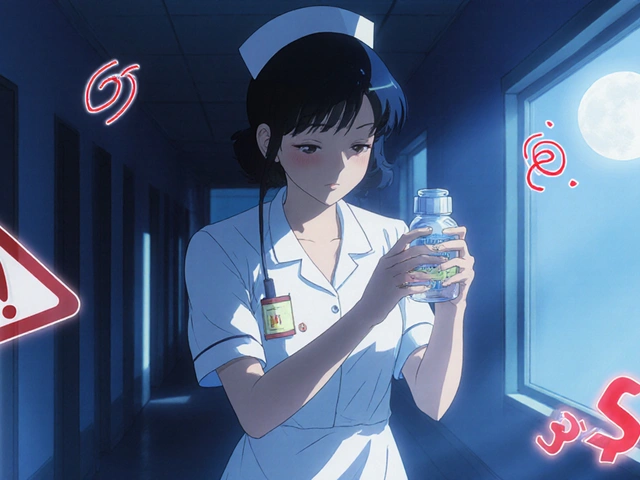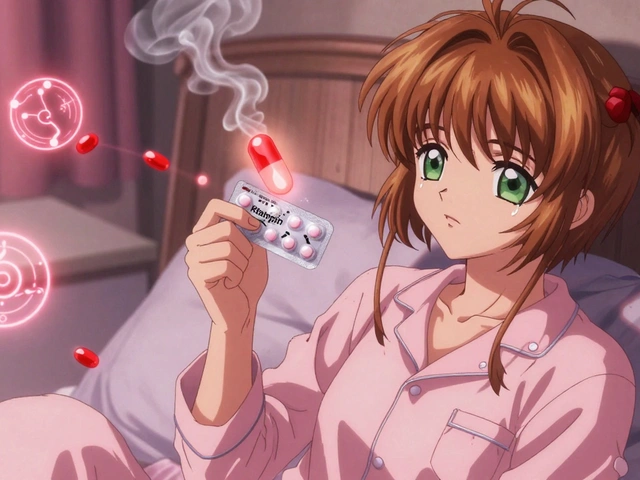Iron Deficiency: Quick Guide to Spotting and Solving Low Iron
Feeling tired all the time? Getting short of breath on the stairs? Those could be signs your iron levels are low. Iron is the fuel that lets your blood carry oxygen around your body. When you don’t have enough, every cell suffers, and you notice it fast. This guide will show you the most common clues, why iron drops, and what you can do right now to get back on track.
Common Signs You Might Be Low on Iron
First, watch for everyday symptoms. If you’re constantly fatigued, even after a full night’s sleep, that’s a red flag. Mood swings, irritability, and difficulty concentrating also pop up when iron is scarce. You might notice pale skin, especially on the inner eyelids or nail beds. Cravings for ice, dirt, or starch (called pica) are oddly specific but real signals of iron shortage.
Women of childbearing age are especially prone because of menstrual losses. Athletes and people on strict vegetarian or vegan diets can run low too, since heme iron from meat is easier for the body to absorb. Chronic illnesses, gut disorders, or frequent blood donations can drain iron stores without you realizing it.
Simple Steps to Boost Your Iron Levels
The fastest fix is to add iron‑rich foods to your meals. Red meat, poultry, and fish are top sources. If you skip meat, turn to beans, lentils, tofu, and fortified cereals. Pair these plant foods with vitamin C‑rich items like orange juice, strawberries, or bell peppers – vitamin C boosts non‑heme iron absorption.
Cooking in cast‑iron pots can add a small amount of iron to your dishes, especially when you simmer acidic foods like tomato sauce. Avoid drinking tea or coffee with meals, as the tannins can block iron uptake.
If diet alone isn’t enough, over‑the‑counter iron supplements can help. Start with a low dose to reduce stomach upset, and take them with food if needed. Always follow the label or your doctor’s advice; too much iron can be harmful.
When symptoms persist despite dietary changes, it’s time to get tested. A simple blood test measuring hemoglobin and ferritin tells your doctor how much iron you have stored. If you have an underlying condition like ulcerative colitis or heavy menstrual bleeding, treating that cause is crucial for long‑term success.
In short, notice the fatigue, check your diet, add vitamin C, consider a supplement, and get a lab check if you’re still feeling off. Iron deficiency is common, but it’s also easy to fix with the right moves.
10 June 2025
Tessa Marley
Discover why athletes can't ignore the role of iron in their training and recovery. Dive into the signs and risks of iron deficiency, how it affects performance, and surprising facts about iron-rich foods and supplements. Find out who is most at risk and get practical tips to maintain optimal iron levels. This long-form article is packed with actionable advice, latest data, and clear explanations to keep both amateur and elite athletes at their best.
Continue Reading...






